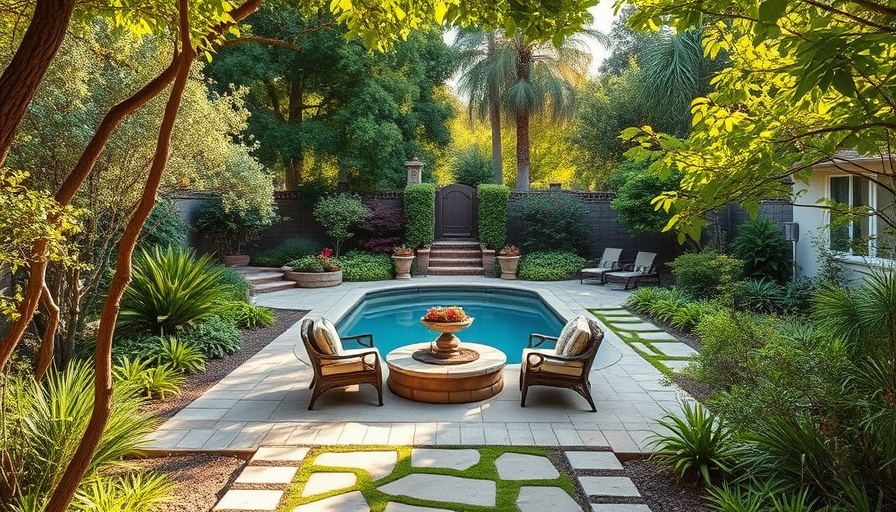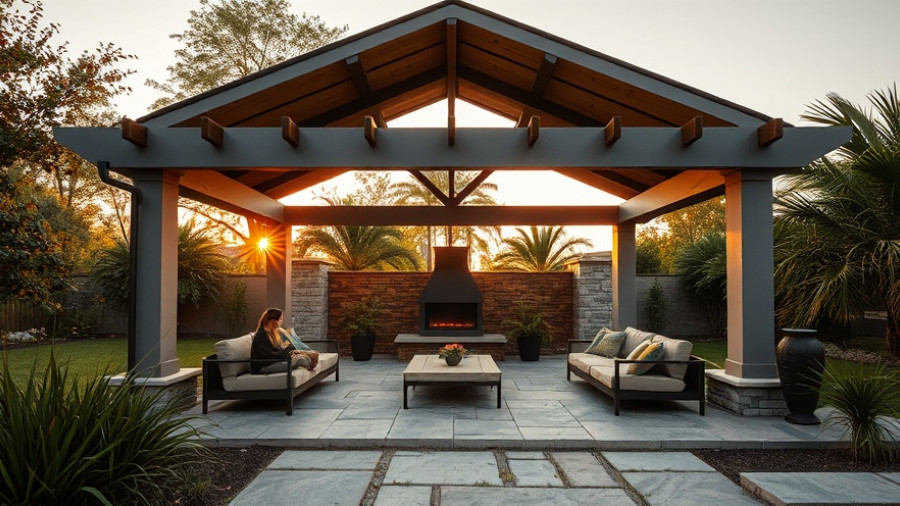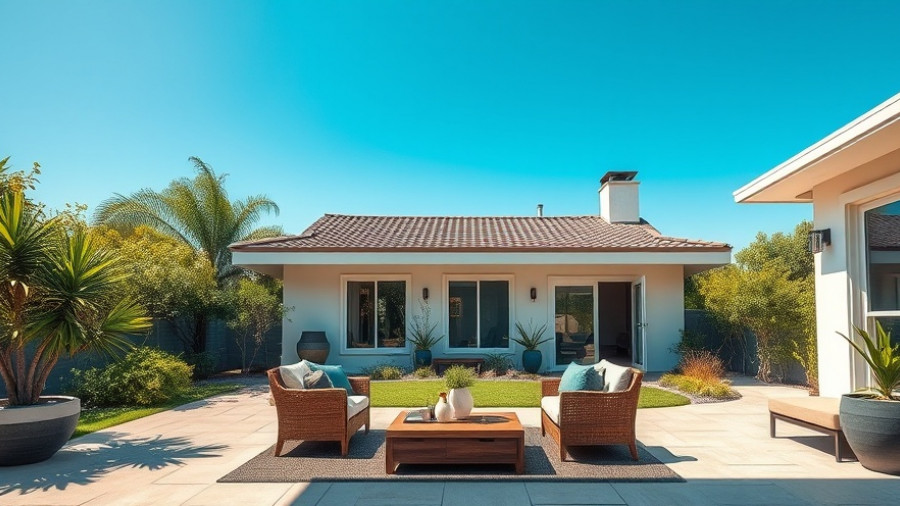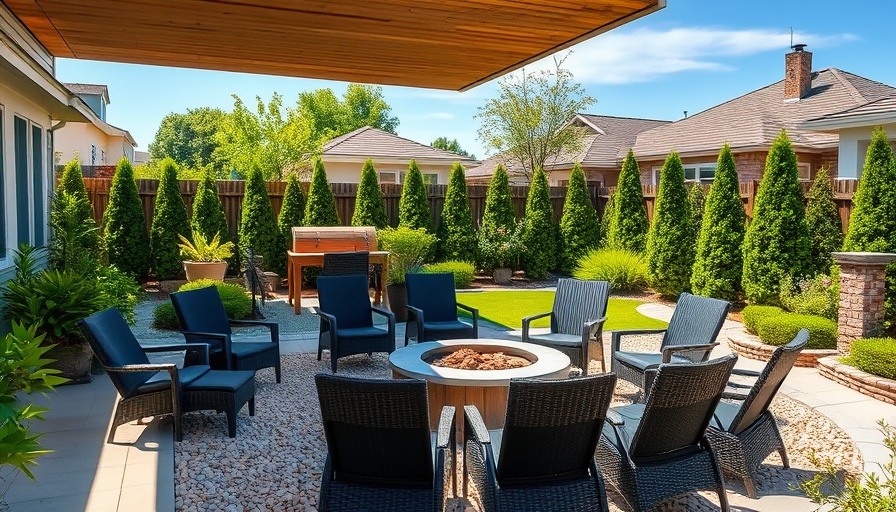
An Outdoor Transformation: A Journey of Improvement
Many homeowners can relate to the evolving vision of their outdoor spaces. What starts as a dream often transforms into a series of changes, some expected, others the result of lessons learned the hard way. Recently, I experienced this firsthand with my landscaping project - a case study in overcoming missteps and embracing growth.
The “Mistake” No More: Transitioning from Concrete to Greens
My backyard once featured the world’s clumsiest sports court, stretching beyond practicality. It was a vast expanse of broken asphalt that felt more like a neglected parking lot than a lively family space. After two years of deliberation, it was clear that transforming this space into something more meaningful was essential, and I was determined to rectify what I then dubbed a significant landscaping mistake.
Working with Dennis’ 7Dees, I learned to streamline the landscaping process by incorporating a design-build model. This meant hiring professionals who could both design and execute the vision, allowing for creativity and efficiency. The guided hands of experts transformed the backyard within a short span, shedding the stark concrete for vibrant greenery, flagstone, and communal picnic areas.
Reimagining the Backyard: The Benefits of Evergreen Landscaping
A lesson learned in this process was the importance of integrating evergreen plants. Unlike our previous choices of flowers and seasonal greens, evergreens provide year-round beauty and a constant sense of life. This decision has proven to enhance the overall aesthetic significantly while simplifying maintenance—a crucial factor for busy homeowners like us.
The backyard now not only incorporates cozy picnic areas and dynamic living spaces, but also brings essential shade and beauty during the hot California summers. The use of evergreens in particular aligns well with high-performing landscapes that promise resilience amidst drought concerns.
A Broader Look: The Landscaping Trend Among California Homeowners
This shift from hardscaping to softscaping reflects a broader trend among California homeowners, particularly in urban and suburban communities. As outdoor spaces become more vital for lifestyle and community engagement, an emphasis on greenery has emerged. With lessons from projects like mine, many are realizing the incredible benefits of incorporating sustainable practices into home design.
As a vibrant and diverse community, California's commitment to outdoor living aspects strengthens our connection to nature. From enhancing community spaces to increasing property value, the implications of landscaping choices are profound.
In Your Backyard: Tips for a Successful Landscaping Project
When embarking on a similar journey, consider these actionable insights:
- Start Small: Assess your current landscape to identify what changes can be made incrementally.
- Work with Professionals: Hiring a design-build team can expedite the overall process, ensuring a unified vision.
- Embrace Sustainability: Opt for native plants and evergreen species that thrive in your local climate.
Engage with landscaping experts who can clarify your needs while keeping an eye on your budget. It is essential to be open to change.
The Power of Community in Landscaping Projects
My journey was not just a personal endeavor but a testament to community bonds—all through landscaping. The professionals I worked with shared a passion for local aesthetic values and sustainability. It’s worth exploring local partnerships to ensure your landscaping conveys a sense of harmony with the existing surroundings.
Conclusion: Transform Your Space, Transform Your Life
Embarking on a landscaping venture is more than just an outdoor remodel; it’s a step towards enhancing your lifestyle, backyard enjoyment, and connecting with the community. As I revel in my transformed space, I encourage fellow Californians and beyond to consider how small changes can contribute to larger life experiences. Take the time to think about your gardens and outdoor areas and make them work for you!
Ready to take your own landscaping project to the next level? Embrace the beauty of your outdoor space and watch how it can enrich your life and community!
 Add Row
Add Row  Add
Add 




Write A Comment